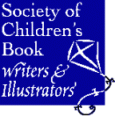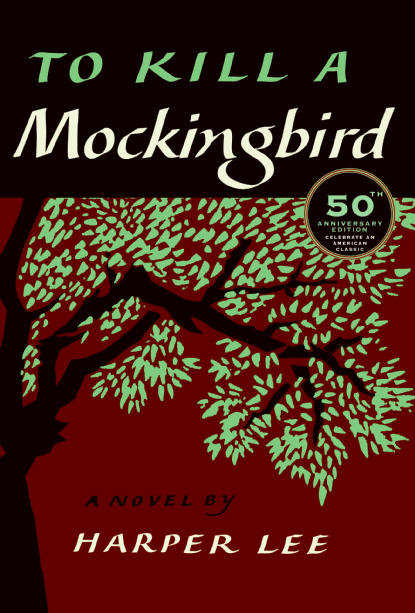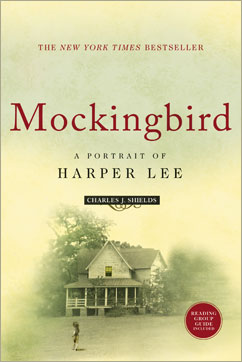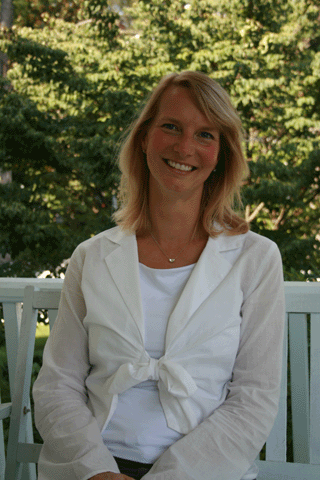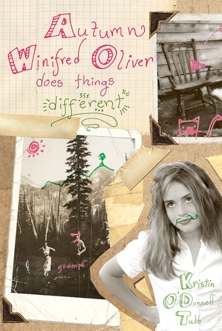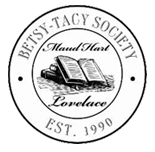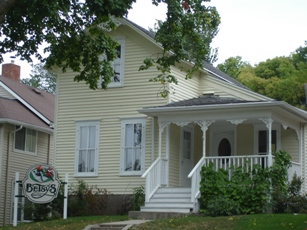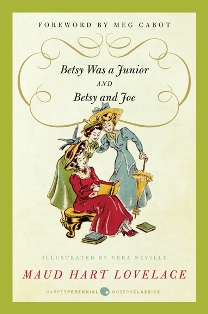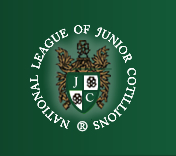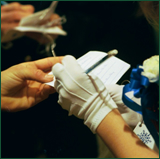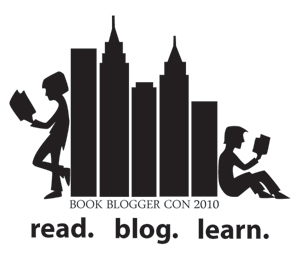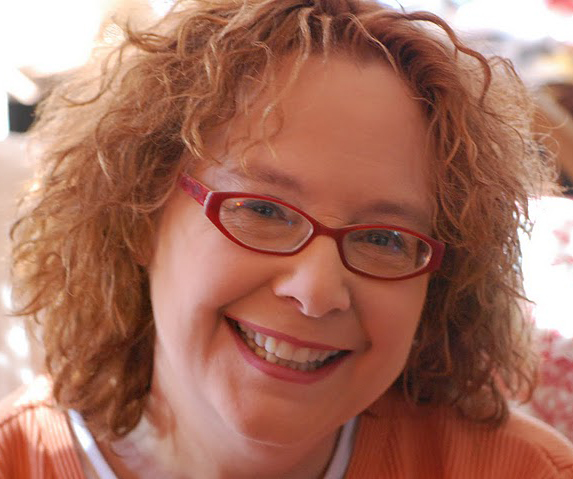
We’re in for a treat today — a visit from Georgia author, Deborah Wiles. I cannot begin to tell you what an influence this woman has had on my desire to write for kids. She was the keynote speaker at the 2008 SCBWI conference in Atlanta, and ever since then, I’ve wanted to share some of her advice with you. This month marks the release of her newest novel, Countdown!
How did you get started writing a trilogy about the 1960s?
I started one story that took place in 1962, and then another that took place in 1966. They weren’t related, although they both took place in the sixties.
At some point, I realized that, with one more story — I chose 1968, it’s such a rich year — I would have a look at the entire decade, so I proposed a trilogy of connected novels about the sixties to my publisher. This evolution took place over several years. I had lots of stops and starts. I started Countdown as a picture book in 1996, while freelancing and being a full-time mom as well. It grew up as my children (and I) did.
What do you hope kids will learn about the ’60s while reading your book?
I hope they see themselves in these novels. I hope they understand that history is really biography — personal narrative — and that their stories are important.
I always say that all stories come from three places: what you know and remember, what you feel, and what you can imagine. I hope kids will understand that, in the sixties (and in all of history), there is context for the life they live today, that there is choice, that they can make choices in their own lives today and tomorrow, that make a difference in the world.
I also hope that they laugh and love, right along with Franny.
Some people have referred to Countdown as a graphic novel or a documentary novel. What are they talking about, and how do you use the images to enhance your story?
As I wrote Countdown, I began collecting primary source materials in my research, and I started a file, a Word document, to house all these photos and sayings, newspaper clippings and song lyrics, etc. Soon, I discovered that I was using them to help me tell the story, and I could see that they belonged in the story, and — more than that — they were an actual part of the narrative. So I began to use them in that way, and you’ll find that Countdown is full of photographs and clippings and the social and political commentary of the early sixties.
Did you enjoy growing up in the ’60s?
I loved growing up in the sixties. Of course, I wasn’t aware that it was “the sixties,” but I surely knew that things were changing fast, right under my nose. One day Elvis was in, the next day it was the Beatles. The same with fashion and food and movies and culture — it was an exhilarating time to be alive.
Our kids today are surrounded by bad news — wars, terrorists, bombings, natural disasters. Yet, each generation must find reason to hope. How does learning about our past give students a better vision for the future?
The 1960s was one of the most turbulent, changing, challenging, and defining decades in American history. There was so much dire news then, as well, especially surrounding the war in Vietnam and the civil rights movement. There was cause to be afraid. And there was always hope.
And love. With Countdown, I hope to grab the reader’s imagination and heart and let her know that there is always cause to be afraid in the world, and yet, there is always, always hope.
There are heroes. And we are they. Each of us, individually, can be heroic in our own ways. And are. The way we live through hard times is by coming together.
Do you have an idea for what the next book in the series will be about?
Oh, yes. The next book takes place in 1966 and revolves around the civil rights movement in this country, and the escalation of the war in Vietnam. That’s the larger history arc. The story involves two girls, cousins, who are making a trip from Mississippi to Memphis to find Elvis Presley, whom one of the girls is convinced, with reasonable proof, is her father.
One last question. Many of us here are parents trying to balance a desire to write with managing our homes and families. You didn’t start out as a novelist, did you? Can you share how your writing journey evolved and give us a couple of tips for hanging in there when we’re jotting stories on the back of the box of animal crackers at the playground?
I love this question. It speaks to the heart of my writing life. I knew, when I was in my twenties and had two young children, that I wanted to be a writer, but I didn’t understand what I had to write about — the desire was so strong, but I didn’t have a story. Or, more accurately, I didn’t understand my story.
In the library, I stumbled across the great essayists — E.B. White was my favorite — and began to see that I could write about my everyday life and turn that into story. I read and practiced for a long, long time. I wrote with a toddler holding onto my leg and saying, “Play, Mommy!” and I wrote at 2am. I wrote with a kindergartener doing his homework beside me. I wrote in fifteen-minute snatches.
I also read what I wanted to write — I checked out bags of books from the library and studied them as I read them to my children. Two books that meant a lot to me were WHEN I WAS YOUNG IN THE MOUNTAINS by Cynthia Rylant and HONEY I LOVE by Eloise Greenfield. I took those books apart, to see how they were structured. I so admired Molly Bang’s TEN NINE EIGHT, that I took it apart as well, and — years later — wrote ONE WIDE SKY.
I studied writers I admired. I took a writing class from a good teacher at the local community college, and then another one. I sent stories to New York publishers for ten years before someone was willing to work with me… and then it took another five years before FREEDOM SUMMER and LOVE, RUBY LAVENDER were published.
In those ten years, and in the ten years before that, I freelanced. I wrote essays and magazine features, and I was largely self-taught. I worked for free at first, in order to gather clips. I took those clips to larger papers and magazines, and eventually got paid. I got into a routine that had me up at 4am, writing, every day. It’s a habit I still adhere to today, and it serves me well. No one was awake at 4am, and I could get in two good hours of writing time before it was time to make breakfast for four children and see my husband out the door.
Wow. That’s an amazing schedule. I admire you for being able to get up that early.
A good friend told me once, “you have to want it more than sleep.” I’m not sure about that. What I do know that I was compelled to tell my story. I needed to tell it. Over and over again. And I still feel that compulsion today. I’m still writing out of my life, telling my story. I appreciate the chance to tell some of it here, at Mom2Mom. Thanks very much.
Thank YOU, Deborah, for taking time out of your busy schedule to speak to us here and encourage us in our reading, writing, and parenting journeys. You have blessed us here more than you’ll ever know!
You can read more about Deborah Wiles’ novels on her website. And here’s a book trailer where you can also SEE an interview with the author:



